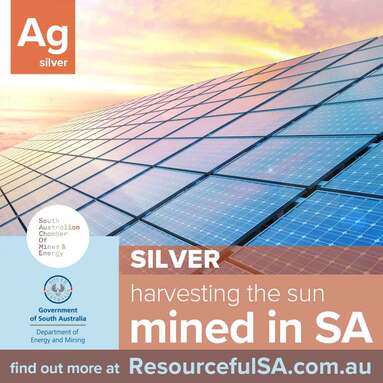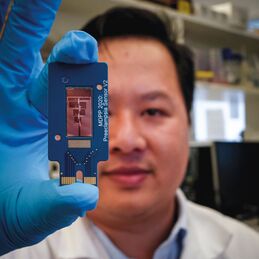|
What is Silver?
Silver is a soft, white, and lustrous metal. It exhibits the highest reflectivity, electrical and thermal conductivity of any metal. It is extremely versatile, durable, malleable, and ductile. Most silver is produced as a by-product of copper, gold, lead and zinc refining. Silver stirs thoughts of bright cutlery and lustrous trophies. But it’s really an inherently industrial metal. And that’s because of its versatility. It is durable. It is malleable. It is ductile. And it conducts. Silver has always been there alongside gold in jewelry, coins, and ingots. But it has found a new home in the burgeoning solar panel industry. Its ability to be plated on other materials has long been useful for switches, contacts, and fuses – particularly in cars. And its addition to solders helps produce smooth, leak-proof, and corrosion-resistant joints. Silver is even used in wound dressings because of its antimicrobial properties.
Did you know?
The silver dore for the Australian Open trophies is produced by Nyrstar at Port Pirie, the world’s third-largest single producer of silver. Where is Silver mined in South Australia? Silver is extracted at BHP’s Olympic Dam, Prominent Hill and Carrapateena mines. Investigator Resources is working on a ‘Definitive Feasibility Study’ for its Paris Silver Project on the Eyre Peninsula. |





